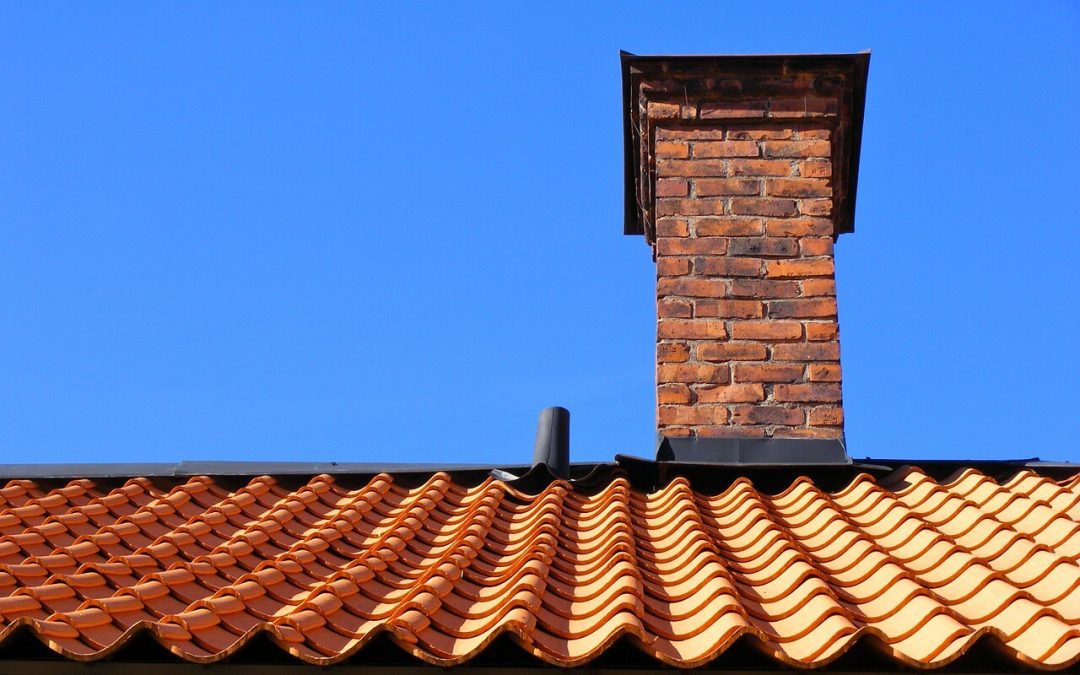Get your fireplace in shape before winter by making plans in advance to avoid a last-minute rush when temperatures drop. When you prepare your fireplace for use, you’ll keep your family warm and safe. You’ll reduce the risk of a house fire and enjoy cozy heat during cold weather. Here are a few tips to get the fireplace ready for winter.
Schedule an Annual Inspection
Hire a professional for a complete inspection of the fireplace and chimney. You’ll learn about structural issues, and an experienced pro will recommend any needed repairs. Replace missing or cracked bricks and mortar before using the fireplace. If you decide to attempt these repairs on your own, purchase appropriate heat-resistant materials designed for use in a fireplace.
Hire a Chimney Sweep
Before building a fire, clean the chimney to remove creosote and other debris. Creosote is a sticky substance that forms inside the flue. It’s a by-product of burning wood but is flammable and can ignite and cause a chimney fire. To safely remove creosote, hire a trained professional. They have the tools and equipment to complete the job correctly.
Clean the Area Around the Fireplace
If the fireplace hasn’t been used in several months, clutter may have accumulated nearby. Check the area and remove flammable materials. Furniture, drapes, rugs, etc., should be five feet away from the firebox. Don’t store items on the hearth, and teach children to keep their toys and belongings well away from the fireplace.
Trim Trees Near the Chimney
Trees overhanging the roof threaten the roofing materials and your chimney. Large branches may fall during a storm and cause damage to your home and injure your family. If embers or sparks travel up the chimney, an overhanging limb may ignite. Remove branches close to or touching your roof and siding before building a fire in the fireplace.
Examine the Chimney Cap to Prepare Your Fireplace for Use
Make sure your chimney cap is in good condition. The cap keeps leaves, animals, rain, and other materials out of the flue. It also helps reduce backdrafts, which happen when the wind blows smoke back down the chimney and into your living spaces.
Choose the Right Firewood
Purchase seasoned hardwood that has cured for at least six months r your fireplace. Softwoods, like pine, produce more creosote as they burn. Hardwoods, including oak and maple, are a better choice because they burn hotter and reduce the likelihood of creosote accumulating in the chimney.
Use the tips above to prepare your fireplace. You’ll be able to safely enjoy a warm, comfortable fire with your family when the temperatures drop.
Premier Inspection Services offers home inspections to buyers and sellers in Upstate New York. Contact us to request an appointment for our services.

